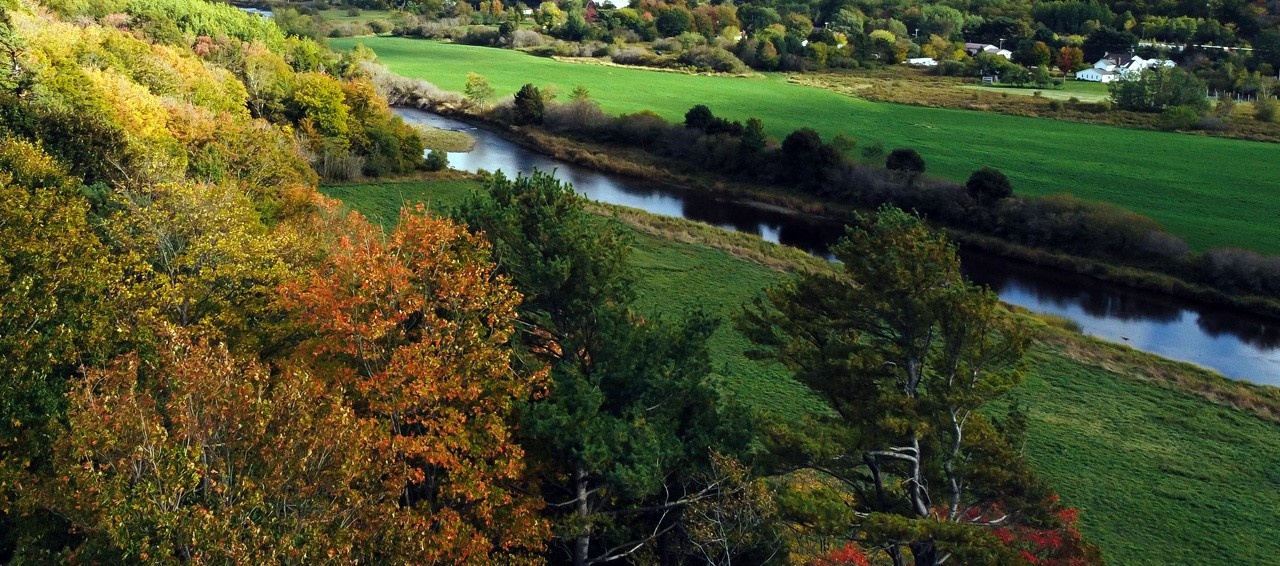Blond Hair to Apples
» Go to news mainBlond Hair to Apples Results of NSAC research published in Science magazine
Not everyone’s curiosity leads to a major scientific discovery, but that is just what happened to Dr. Sean Myles, a Canada Research Chair in agricultural genetic diversity at the Faculty of Agriculture. Myles and his colleagues have identified the gene responsible for Melanesian blond hair and the results of his research were published in Science magazine on May 4th, 2012.
In 2004, as a graduate student, Myles visited the Solomon Islands, a group of Melanesian islands just northeast of Australia. While there, he was amazed by the number of people with blond hair. “They have this very dark skin but sometimes have bright blond hair. It was mind blowing,” said Myles. “Watching the kids play on the beach, I was counting the number of kids with blond hair. It was five to ten per cent!”
When Myles returned from his trip, he applied for and received a grant from the Wenner-Gren Foundation for Anthropological Research to investigate the origins of blond hair in Melanesia. Myles and a colleague returned to the Solomon Islands in 2009. They travelled village to village explaining their research and asking permission from tribal chiefs to gather data. Myles returned home with saliva samples and hair color measurements from over 1000 Solomon Islanders.
Myles and his colleagues have identified the gene responsible for Melanesian blond hair, called TYRP1, which has been known previously to affect pigmentation in humans and mice. They also went on to show that the genetic variant that causes blond hair in Solomon Islanders is not found in Europeans. This means that blond hair arose independently in Melanesia.
Myles emphasizes the importance of his findings for human disease. “Currently, medical research focusses almost exclusively on populations of European origin and here we show that sometimes genetic variants are absent in Europeans and cause distinct traits elsewhere in the world.”
Myles came to campus in July 2011 as the Canada Research Chair in agricultural genetic diversity. He uses modern genetics tools to breed apples and grapes more efficiently. “DNA is DNA”, says Myles. “It doesn’t matter whether it’s a human or an apple, DNA does essentially the same stuff across the entire tree of life. And it’s essential that we study and make use of all of the wonderful genetic diversity that nature has to offer.”
Being co-located at the Agriculture and Agri-Food Kentville Research Station has perfectly positioned Myles for this work. He has already developed a large team of scientists and students and attracted almost $1 million in research funding. Myles’ lab seeks to predict the potential commercial success of adult apple trees while they are still seedlings by looking at their DNA. His primary goal is to breed fruit more efficiently and provide growers with new apple and grape cultivars that require less chemical input.
Myles works with a number of industry partners including the Canadian Horticulture Council, the NS Tree Fruit Growers Association and Jost Winery. Grapes have a personal interest for Myles as his wife, Gina Haverstock, is the winemaker at Gaspereau Vineyards.
Additional information regarding Dr. Myles’ research can be found on his website at:
http://www.cultivatingdiversity.org.
Recent News
- 2024 International Society for Research on Emotion
- Fall 2024 Brightspace Course Spaces
- Assistant Registrar ‑ Recruitment, Special Events, and Campus Tours,
- Certificate of Appreciation – Public Health
- Theatre props available
- Transforming Poultry Care with Artificial Intelligence
- New Face on Campus
- Chloe Toombs ‑ Combining agriculture and engineering
